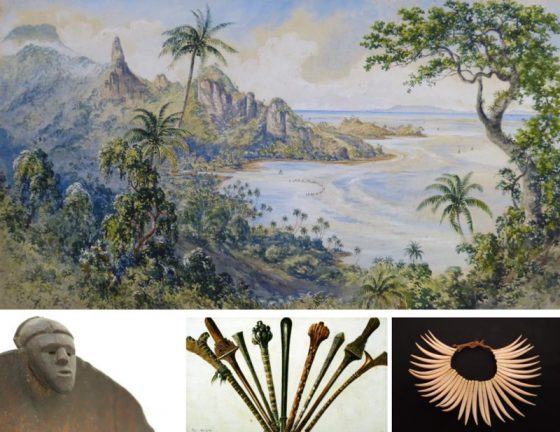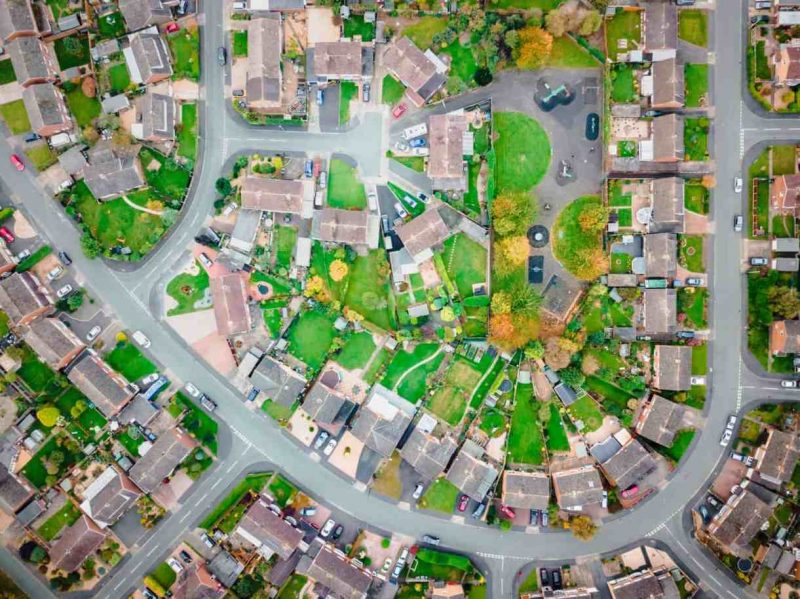>October Events / Art & Theatre / Events in Norfolk and Suffolk / exhibitions / Tourist Attractions Norfolk and Suffolk October 9, 2016
Fiji: Art and Life in the Pacific 15 October 2016 – 12 February 2017
Sainsbury Centre for Visual Arts at the University of East Anglia, Norwich
Revealing stunning sculptures, textiles, ceramics, and ivory and shell regalia, the ground-breaking Fiji: Art and Life in the Pacific opens 15 October 2016 at Sainsbury Centre for Visual Arts at the University of East Anglia, Norwich. The largest and most comprehensive exhibition about Fiji ever assembled, it will take the visitor on a journey through the art and cultural history of Fiji since the late 18th century.
This internationally-important exhibition will present both Fijian artworks and a European response to them: paintings, drawings and historic photographs of the 19th and 20th century provide context. These include exquisite watercolours by the intrepid Victorian travel writer and artist Constance Gordon Cumming, and by the Irish naval artist James Glen Wilson, who was in Fiji in the 1850s. Over 270 works of art are being loaned by exhibition partner the Museum of Archaeology & Anthropology at Cambridge, and by the Fiji Museum, the British Museum, the Pitt Rivers Museum (Oxford) and museums in Aberdeen, Birmingham, Exeter, London, Maidstone, as well as Dresden and Leipzig in Germany.
This exhibition results from a three-year Arts & Humanities Research Council-funded project which examined the extensive but little-known Fijian collections in the UK and overseas, and uncovered some significant treasures. Research project leader and exhibition curator Professor Steven Hooper says, “An important aspect of this exhibition is that the many examples of exceptional Fijian creativity on display are not presented as ‘ethnographic specimens’ or ‘illustrations’ of Fijian culture, but as works of art in their own right, as worthy of attention as any art tradition in the world, including Modernism.
Remarkable creative imagination is applied to the making of ancestral god images, ritual dishes and regalia, and to the decoration of enormous barkcloths.”
A highlight of the exhibition will be a beautiful, newly commissioned, eight metre-long double-hulled sailing canoe that has been built in Fiji and shipped to Norwich for display. Made entirely of wood and coir cord, with no metal components, the canoe results from a project to encourage canoe-building skills and is a small version of the great 30-metre-long vessels of the 19th century, the biggest canoes ever built.
Fiji has always been a dynamic place of cultural interactions and exchanges. Since 1000 BC voyaging canoes have transported people and objects around the region, including to Tonga, Samoa and other neighbouring Pacific islands. In the 19th century new voyagers arrived, Europeans, with their new technologies, metal, guns and Christian religion. Sophisticated strategists, Fijian chiefs twice asked to join the British Empire, and a colonial government was established in 1874. Fiji became independent in 1970. Fiji managed the British colonial administration quite effectively, establishing a particularly close relationship with the British royal family, notably with Her Majesty the Queen.
Fiji has also succeeded in maintaining and adapting many of its proud cultural traditions, and today woodcarvers and textile artists continue to produce sailing canoes, kava bowls (for the preparation of the important ritual drink) and impressive decorated barkcloths, some over 60m long, for weddings and mortuary rituals. In the vibrant Pacific fashion scene designers are using barkcloth and other local materials to make gowns and wedding dresses, showing their creations in London and Los Angeles. Contemporary examples of barkcloth fashion and textiles, woodcarving, and intricate boat-building techniques will be included, along with the art of female Fijian tattooing.
Click on image to view image sheets

The Sainsbury Centre’s large 900m2 suite of galleries will be used to present Fiji’s rich cultural past and its important relationship with Britain. Despite a population below one million, Fiji is known globally as a major rugby nation (they are currently World Champions at Rugby 7s), and as an alluring destination for travellers, for whom Fijian hospitality is legendary.
The Sainsbury Collection, housed at the Norman Foster-designed Sainsbury Centre for Visual Arts, at the University of East Anglia, Norwich is world renowned for its works of art from the Pacific, the Americas, Africa and Asia, as well as for its antiquities and modern works by Picasso, Moore, Giacometti and Bacon.









